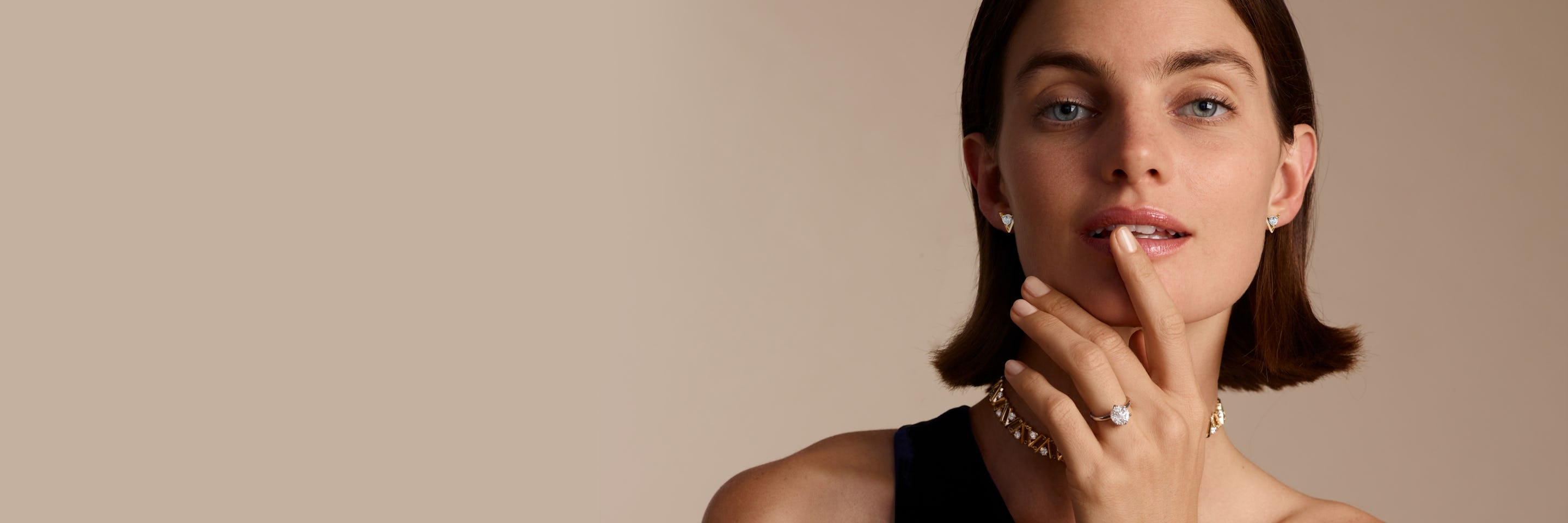
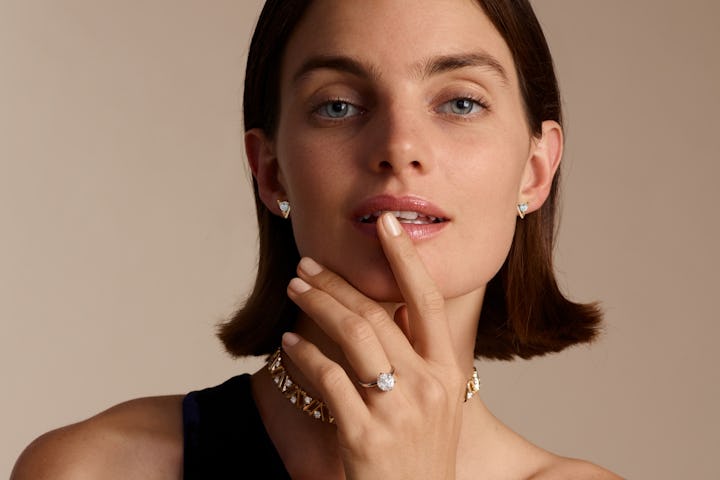
Lab-grown diamonds
Lab-created diamonds are known for their beauty, brilliance, and guaranteed origin. Learn more about lab-grown diamonds’ impact, benefits, and why this sustainable choice is right for you.
Lab-created diamonds are known for their beauty, brilliance, and guaranteed origin. Learn more about lab-grown diamonds’ impact, benefits, and why this sustainable choice is right for you.
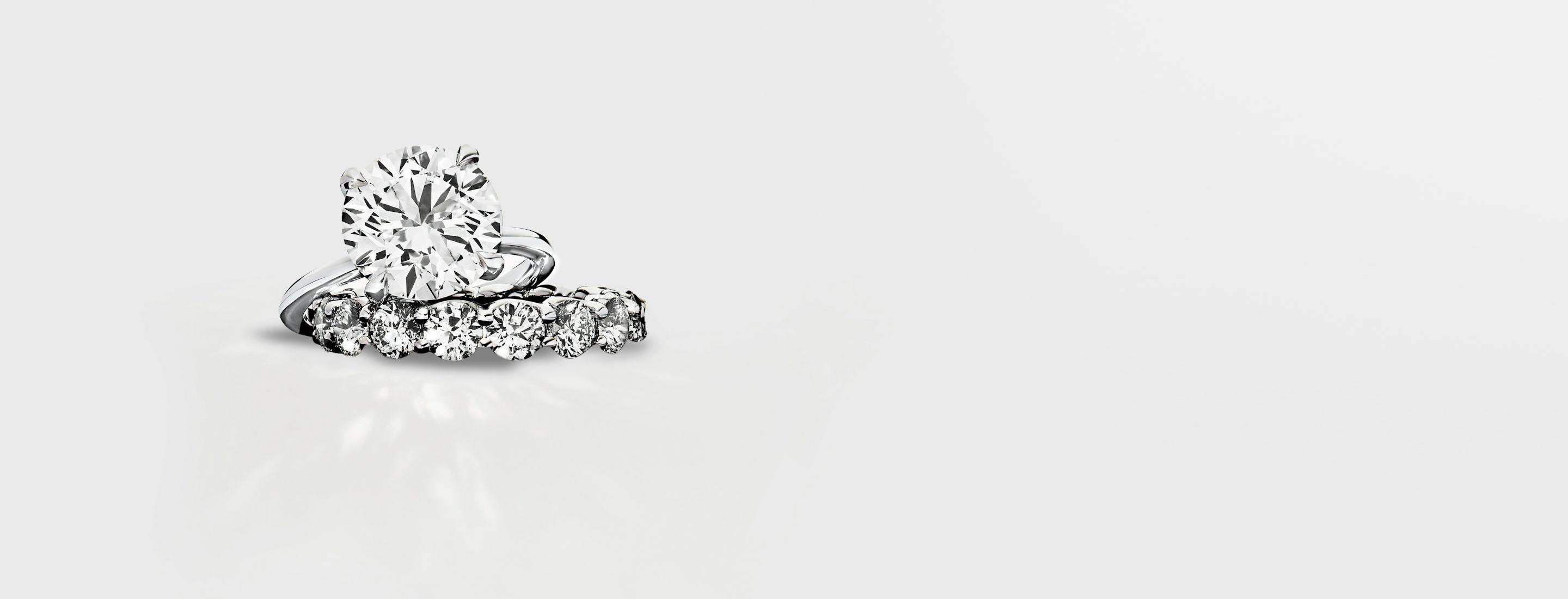
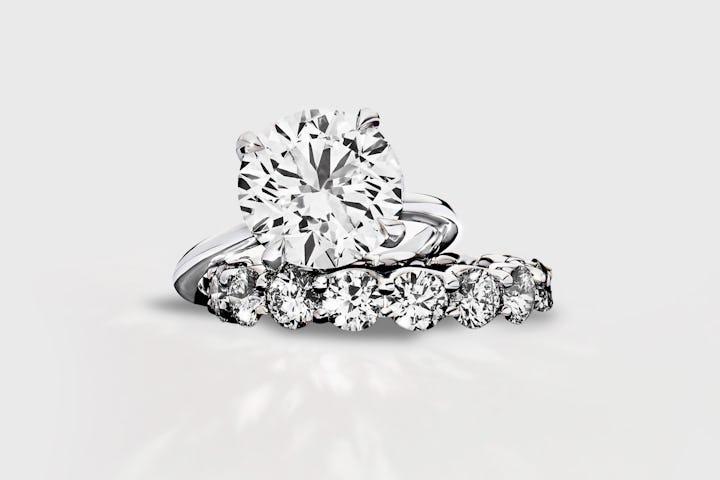
What is a lab-grown diamond?
Lab-grown diamonds are also called man-made diamonds, lab diamonds and lab created diamonds. They are produced in a laboratory setting without the negative environmental or human toll of mining.
Lab-grown diamonds are physically identical to mined diamonds. They both score 10 on the Mohs scale. The only difference between the two is point of origin.
Lab-created diamonds share an identical growing process to mined diamonds. They form first as carbon atoms under high temperature and immense pressure, then bond together to grow a crystalline lattice structure. Once fully formed, they are cut and polished to reveal maximum brilliance. Like mined diamonds, lab diamonds come in a variety of color and clarity grades. Because they don't have the human or environmental costs associated with mined diamonds, lab diamonds offer the best value for anyone interested in real diamonds.
Lab-grown diamonds are sometimes referred to as man-made or created diamonds. They are produced in a laboratory setting without the negative environmental or human toll of mining.
Lab-grown diamonds are physically identical with the same optical and chemical properties as mined diamonds. They both score 10 on the Mohs scale. The only difference between the two is point of origin.
Lab-created diamonds share an identical growing process to mined diamonds. They form first as carbon atoms under high temperature and immense pressure, then bond together to grow a crystalline lattice structure. Once fully formed, they are cut and polished to reveal maximum brilliance. Like mined diamonds, lab-grown diamonds come in a variety of color and clarity grades. Because they don't have the human or environmental costs associated with mined diamonds, lab diamonds offer the best value for anyone interested in real diamonds.
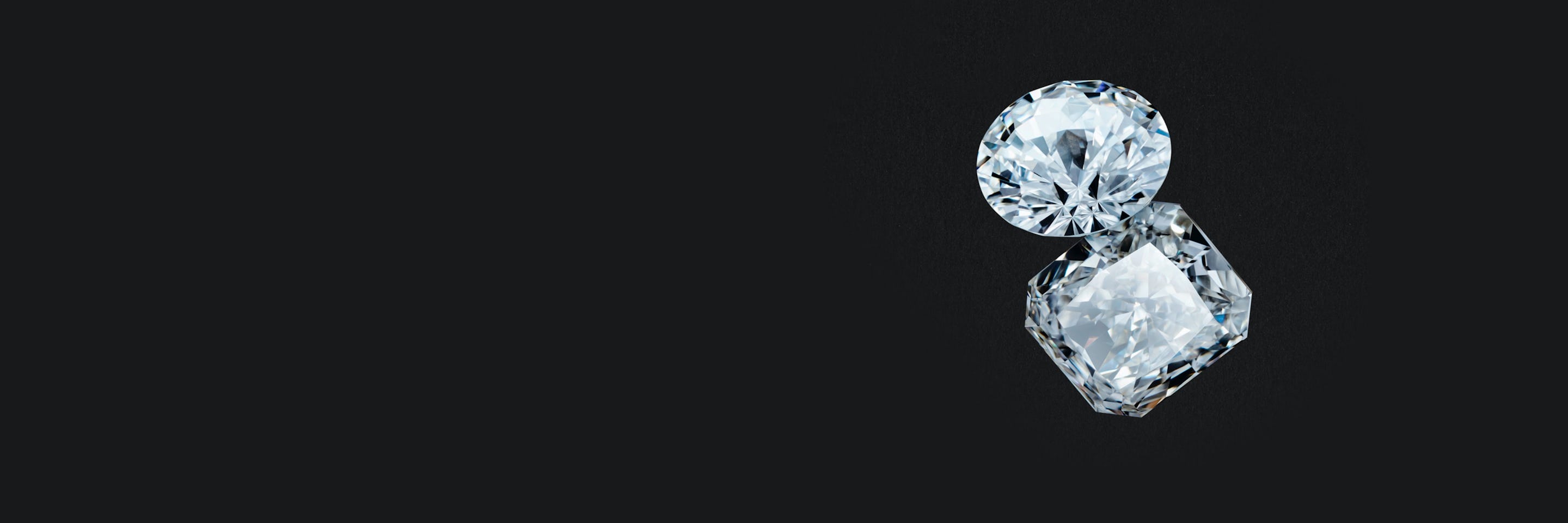
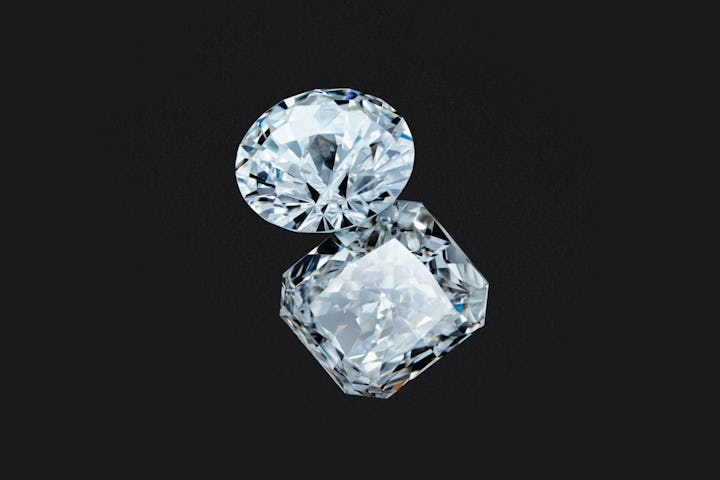
Lab-grown diamonds vs mined diamonds
As of 2018, the Federal Trade Commission (FTC) considers both lab-grown and mined diamonds to be real. The only difference between the two is point of origin. Unlike a mined diamond, a lab-grown diamond such as a VRAI created diamond has guaranteed origin.
The naked eye cannot tell the difference between a lab-grown and mined diamond. Most trained gemologists cannot tell the difference between a polished mined diamond and a polished lab-grown diamond without using advanced technology— traditional methods and machinery cannot tell the two apart.
As of 2018, the Federal Trade Commission (FTC) considers both lab-grown and mined diamonds to be real. The only difference between the two is point of origin. Unlike a mined diamond, a lab-grown diamond such as a VRAI created diamond has guaranteed origin.
The naked eye cannot tell the difference between a lab-grown and mined diamond. Most trained gemologists cannot tell the difference between a polished mined diamond and a polished lab-grown diamond without using advanced technology— traditional methods and machinery cannot tell the two apart.
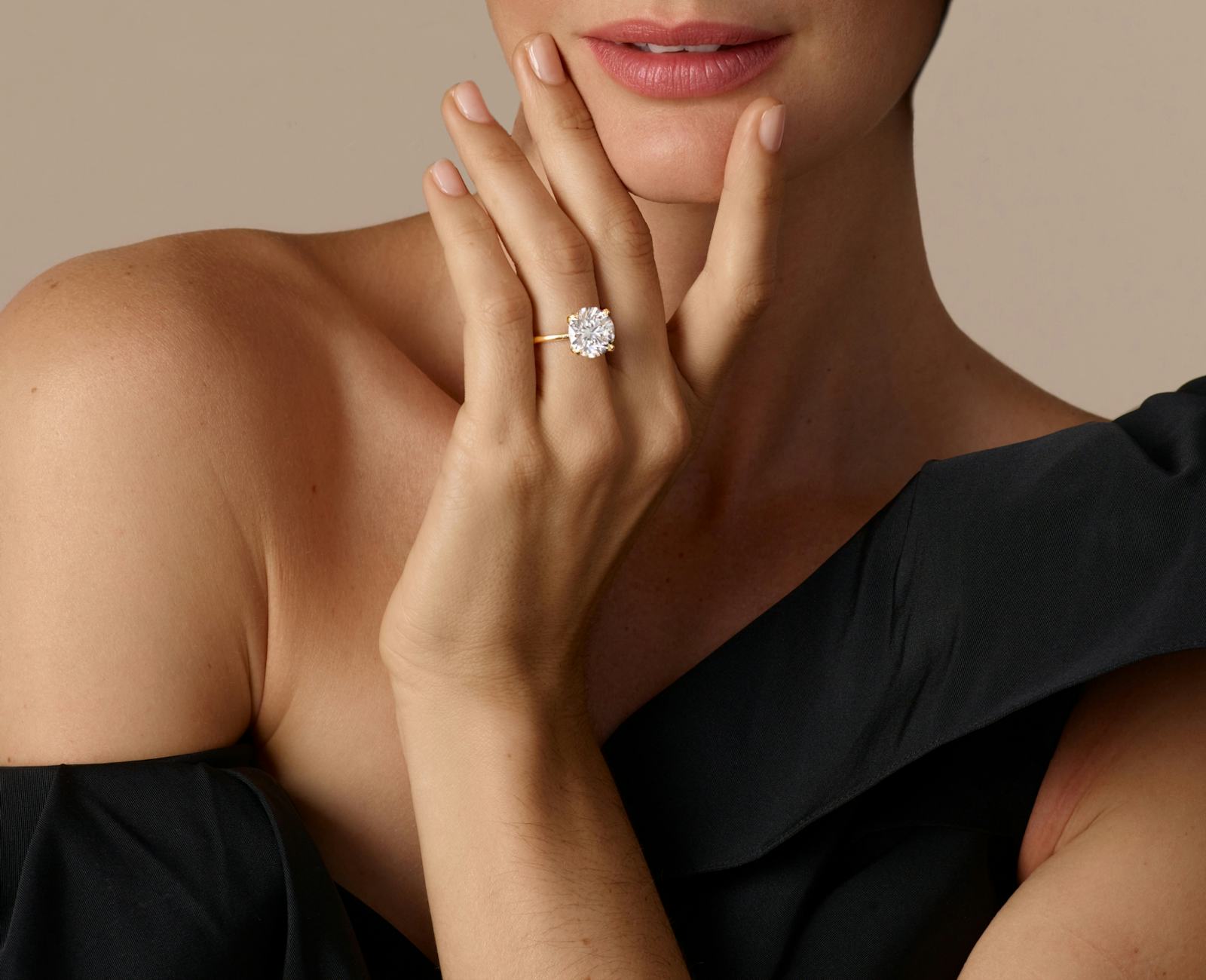
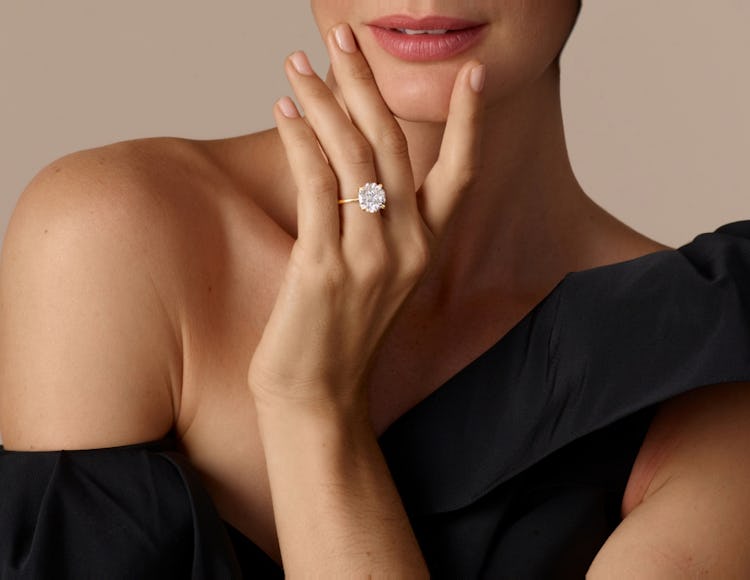
Cut to Order lab-grown diamonds
Get the exact lab created diamond you want. We'll cut a lab grown diamond for you in any shape and size you desire. Experience the craftsmanship of bespoke diamond creation with our Cut for You™ program.
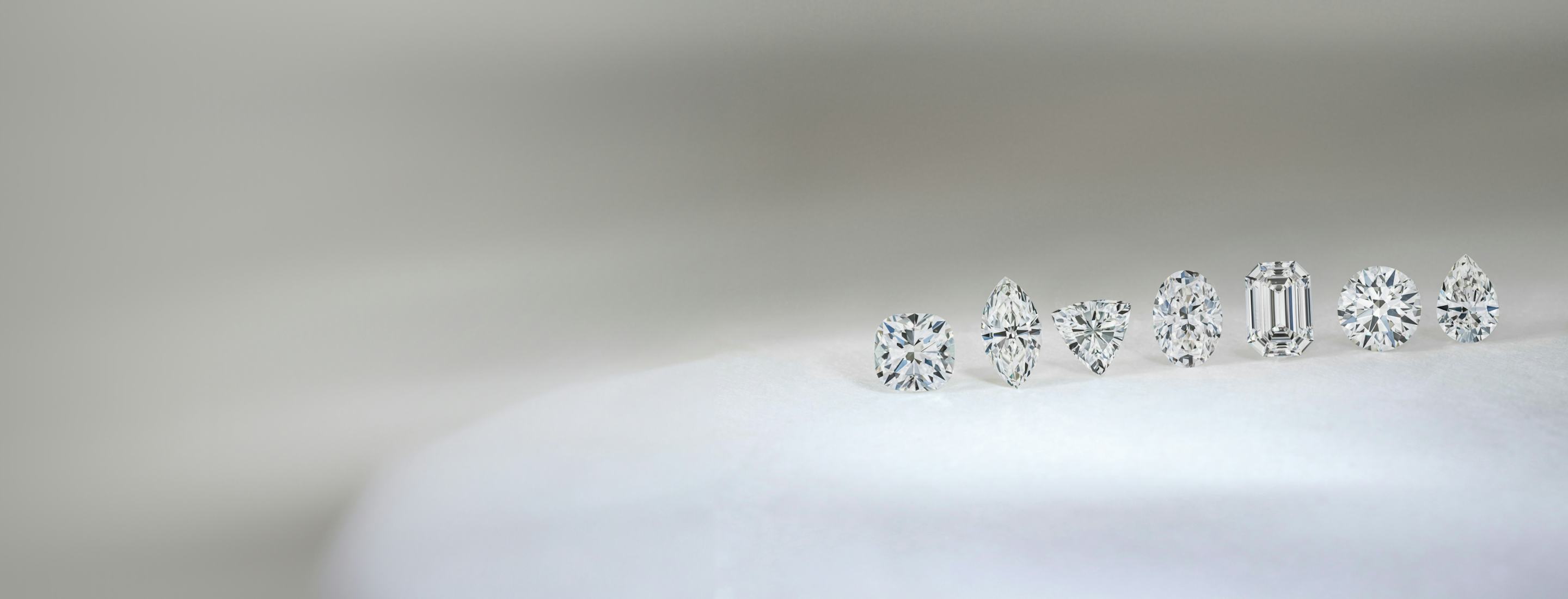
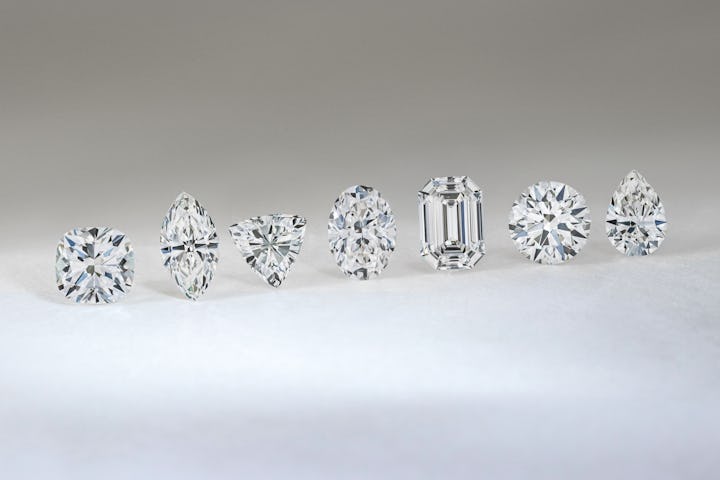
Why choose lab-grown diamonds?
By selecting a lab-grown diamond, you are enjoying the beauty of diamond without the human and environmental toll of mining. You get more carats, more brilliance, more sparkly at a lower price point.
Are lab created diamonds better for the environment?
Not all lab-grown diamonds are created equal. Many lab-grown diamonds are made in foundries which rely on fossil fuels for energy. Their carbon footprint can be as large as a traditional mine. However, VRAI diamonds come from our zero-emission foundry and are sustainably grown.
Are lab-grown diamonds certified?
Lab-grown diamonds can and should be certified. It is inadvisable to purchase any diamond without diamond certification. Diamonds should go through a grading process that considers the 4Cs, no matter their origin.
By selecting a lab-grown diamond, you are enjoying the beauty of diamond without the human and environmental toll of mining
Are lab created diamonds better for the environment?
Not all lab-grown diamonds are created equal. Many lab-grown diamonds are made in foundries which rely on fossil fuels for energy. Their carbon footprint can be as large as a traditional mine. However, VRAI diamonds come from our zero-emission foundry and are sustainably grown.
Are lab-grown diamonds certified?
Lab-grown diamonds can and should be certified. It is inadvisable to purchase any diamond without diamond certification. Diamonds should go through a grading process that considers the 4Cs, no matter their origin.
Each carat of VRAI created diamond saves:
143
lbs (65kg) of carbon dioxide
2,011
ounces (57 kg) of air pollution
250
tons (227 tonnes) of earth
Be the first to know
Hear about our latest designs and upcoming events.
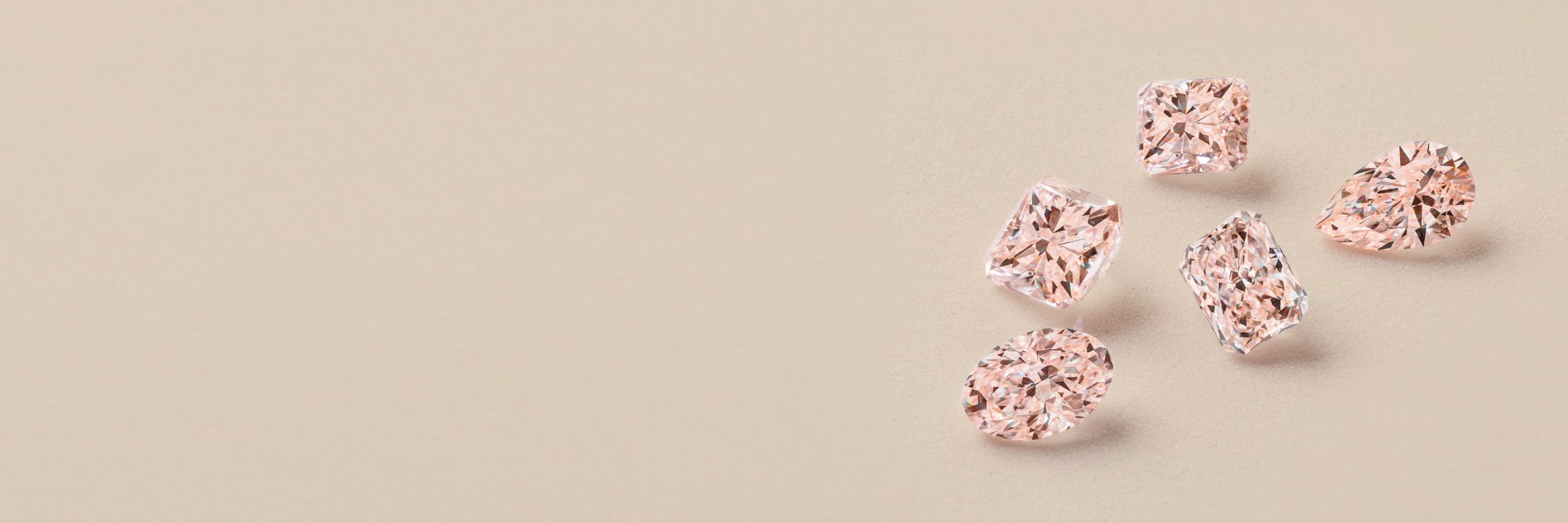

Lab grown fancy color pink diamonds
A pink diamond is a fancy colored diamond that is pink in color. Pink diamonds are not graded on the same D-Z color scale as white diamonds. VRAI created pink diamonds are physically identical to mined pink diamonds.
A pink diamond is a fancy colored diamond that is pink in color. Pink diamonds are not graded on the same D-Z color scale as white diamonds. VRAI created pink diamonds are physically identical to mined pink diamonds.

How lab grown diamonds are created
Lab-grown diamonds are produced by two methods: chemical vapor deposition (CVD) or high pressure, high temperature (HPHT).
HPHT is more costly and less energy efficient. The thermodynamic process involves placing a diamond seed into pure carbon, then exposing it to intense pressure and heat. The carbon attaches to the diamond seed in 14 different directions and forms a rough diamond with a complex cuboctahedron shape.
CVD is a more economical and sustainable process, using vacuum chambers to convert carbon-heavy gasses into plasma with less energy consumption. Kinetics allow the carbon atoms inside the chamber to build on top of the diamond seed in a single vertical direction so the rough diamond grows into a cleaner square shape. VRAI created diamonds are grown using the CVD method.
The VRAI created diamonds are lab-grown diamonds created using the CVD method.
A thin sliver of diamond is placed within a plasma reactor. The process then begins when carbon is atomized within the reactor. One by one, the carbon atoms stack on top of the slice until it grows into a pure, jewelry-grade diamond of gem size. The original sliver of diamond can be sliced off and reused as starting material again and again.
Once a VRAI created diamond is fully formed, it is cut and polished to the most exacting standards by master craftspeople in our international workshops.
VRAI created diamonds are sustainably grown diamonds. Our foundry is hydropowered by the Columbia River. This means that our foundry produces zero emissions and is able to sustainably grow diamonds with renewable energy in America’s beautiful Pacific Northwest.
Choosing just a carat of VRAI created diamonds vs. mined diamonds, you save: 250 tons of earth, 2,011 ounces of air pollution, 143 lbs of carbon dioxide released into the air.

The benefits of lab-grown diamonds
Discover even more reasons to choose lab-grown diamonds.
VRAI created lab-grown diamonds are produced without the same devastation a mine brings to the land, wildlife, and local population.
VRAI controls its inventory from the moment a diamond is created in our zero-emission foundry to when it is set in fine jewelry. The price of your VRAI created diamond is a reflection of its value, not middlemen markups.
Lab-grown diamonds such as VRAI created diamonds are often more affordable than mined diamonds parallel in quality. Many customers are able to purchase lab-grown diamonds higher in carat weight because of this.
Only VRAI created lab-grown diamonds are produced in a real zero-emission foundry, hyrdopowered by the renewable energy of the Columbia River in America’s Pacific Northwest.

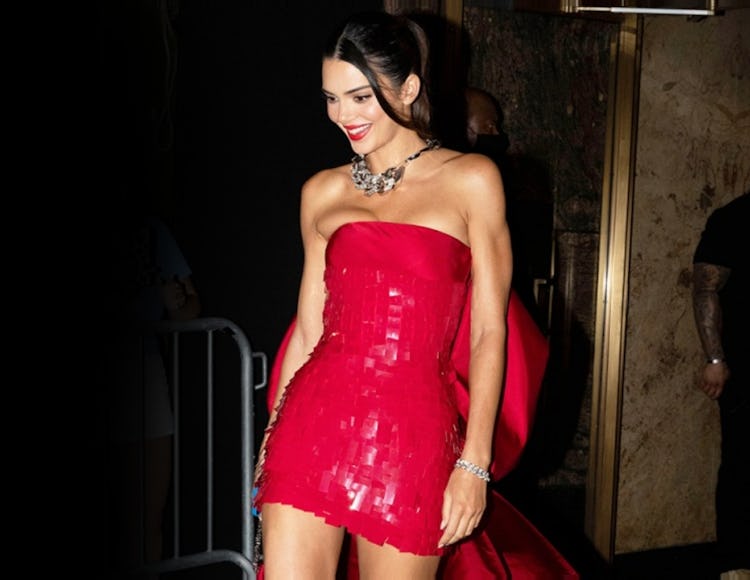
Which celebrities wear lab diamonds?
Due to their beauty, brilliance, and guaranteed origin, more and more celebrities are opting for lab-grown VRAI created diamonds. Taylor Swift, Reese Witherspoon, Hailey Bieber, Shakira, Jennifer Lopez, Gwen Stefani, Joe Jonas, Kendall Jenner, Chrissy Teigan, and Julia Roberts are just a few of the Hollywood stars who have selected VRAI fine jewelry for the red carpet and beyond. Discover who else has been spotted in VRAI created diamonds.

Lab grown diamonds vs mined diamonds
Both lab created and mined diamonds share the same chemical composition and quality. Lab-created diamonds are not diamond simulants such as cubic zirconia and moissanite.
The main difference between mined and lab-grown diamonds is their morphology — their natural shape before cutting and polishing.
Mined diamonds grow as an octahedron. HPHT diamonds grow as a cuboctahedron, while CVD diamonds such as VRAI created diamonds grow as a cube. Their natural morphology does not affect their appearance once cut and polished into their desired shape.
Mined diamonds also contain trace amounts of nitrogen from the ground they were formed within.
Both mined and lab-grown diamonds have inclusions, which occur naturally during the growth process. Both origins occasionally produce flawless diamonds, which are rare and very valuable. Both mined and man-made diamonds must be graded for their clarity on a scale from Flawless to Included.
Diamond simulants, such as cubic zirconia, do not have these inclusions and therefore cannot be graded for clarity. This is related to their chemical composition, not to the lab-grown process.
Lab-grown and mined diamonds “sparkle” in the same way — because they are both real diamonds. The term jewelers and gemologists use to describe sparkle, however, is brilliance.
A diamond’s brilliance comes from its ability to bend or refract light. Light enters a diamond and is then reflected off its interior surfaces, called facets. This light interacting with the diamond’s multiple surfaces is its brilliance. The display of white light inside a diamond is an indicator that a diamond is real, regardless of its origin.
Brilliance depends on a diamond’s cut. A poorly-cut diamond will not shine as brightly as one with a high-quality cut. Diamond simulants, such as cubic zirconia, do not refract light in the same manner and will have little to no brilliance at all.
Rainbow or colored light is referred to as a diamond’s “fire.” A diamond’s fire should only appear on a diamond’s outer surfaces, however, whether man-made or mined. If you look closely at a stone and rainbow colors appear within, it is likely synthetic.
Moissanite and cubic zirconia are known for reflecting back lots of rainbow-colored light. Although some love this colorful display, the “disco-ball effect” that happens when either is exposed to natural light is one of the easiest ways to identify them as simulants, not real diamonds.
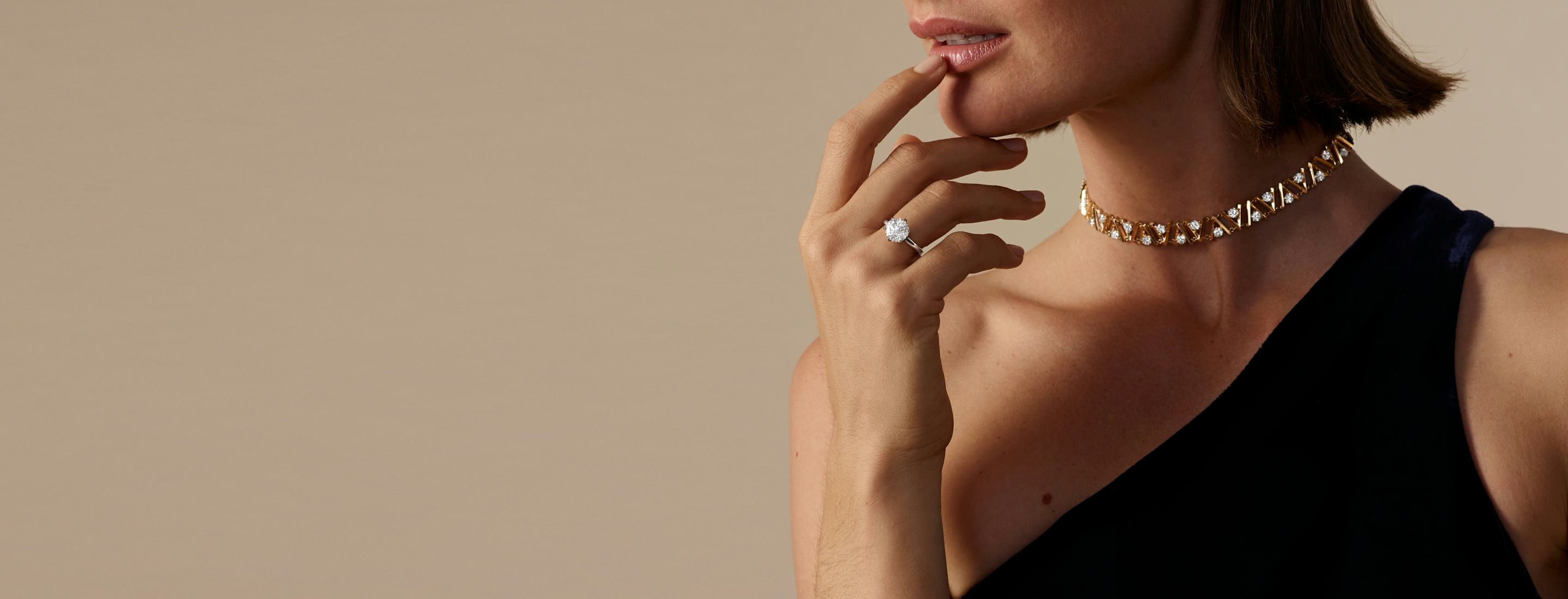

How to buy lab-grown diamonds
VRAI created diamonds are available for purchase online or by appointment.
For personalized guidance and expert advice, we encourage you to book an appointment with our diamond experts, in-store or virtually. You’ll receive in-depth diamond education as well as help in selecting the VRAI created diamond meant for you.
You may also complete your entire purchase online. Browse our engagement ring, wedding band, fine jewelry, and diamond inventory, then add to your bag with the click of a button.
All engagement rings, wedding bands, and loose diamonds come with our Lifetime Care Package, which includes complimentary resizing, annual shine, and our Lifetime Warranty.
VRAI created diamonds are available for purchase online or by appointment.
For personalized guidance and expert advice, we encourage you to book an appointment with our diamond experts, in-store or virtually. You’ll receive in-depth diamond education as well as help in selecting the VRAI created diamond meant for you.
You may also complete your entire purchase online. Browse our engagement ring, wedding band, fine jewelry, and diamond inventory, then add to your bag with the click of a button.
All engagement rings, wedding bands, and loose diamonds come with our Lifetime Care Package, which includes complimentary resizing, annual shine, and our Lifetime Warranty.

Best-selling lab-grown diamonds
Our best-selling selection of fine jewelry and engagement rings features modern, timeless designs that are versatile enough for every style and designed to be loved for a lifetime.
The Signature Solitaire and Classic engagement ring are VRAI’s two best-selling lab-grown diamond engagement rings, followed by the Three Stone setting. Round Brilliant, Oval, and Emerald shaped VRAI created diamonds are the most popular diamond shapes and are most often featured in platinum or 18k solid yellow gold settings.
VRAI’s most popular lab-grown diamond necklace designs are Solitaire Necklaces and Pendants. Medallions are also a popular choice to be worn solo as a statement piece. For special occasions and milestone moments, tennis necklaces are beloved for their timelessly bold elegance.
Solitaire Studs are often the most popular lab-grown diamond earrings; seven VRAI created diamond shapes are highlighted in your choice of a yellow, white, or rose gold setting to reflect your personal style. Pavé Huggie Hoops and Bezel Drop Huggie Hoops are also well-loved because of their versatility and style.
A Bezel Bracelet or Bezel Station Bracelet are popular lab-grown diamond bracelets because they are available in customizable shapes and metal colors and perfect for everyday wear. For milestone celebrations or events, a classic Tennis Bracelet is ideal for gifting or receiving.
Lab grown diamond FAQ
A VRAI created diamond is a lab grown diamond created in a foundry that is Carbon Neutral certified as zero-emissions then cut and polished by master craftspeople.
A lab-grown diamond takes approximately one month to grow. It is then cut and polished before being sold as loose diamonds or set in fine jewelry.
Lab-grown and mined diamonds are nearly impossible to tell apart. Both are identical in appearance and chemical composition. Their few subtle differences come from their growth process and are not a reflection of their quality. These differences can only be found by specially-trained gemologists with advanced tools designed for that very purpose.
You can check us out on social media to view more images of VRAI created diamond jewelry and engagement rings. VRAI on TikTok VRAI on Instagram VRAI on Youtube
The 4Cs of diamonds are cut, color, clarity, and carat weight. The 4Cs are considered the international standard to measure a diamond’s quality and establish its value. Each C has a specific way of being measured and graded. Their quality is recorded in a diamond grading report.
Diamond cut is not the shape of the diamond. Diamond cut refers to how the diamond is specifically cut and polished and determines how light enters and exits the diamond
Diamond color refers to the absence of color in a diamond. Diamonds are considered more rare and valuable the closer to "colorless" they are. Diamond color is graded on a scale from D (colorless) to Z (very noticeable yellow color). Most engagement rings and diamond jewelry sits in the D-J range of colorless to near colorless. It's important to note that this scale is different than fancy color diamonds like pink, blue or green diamonds.
Diamond clarity refers to the visual purity of a diamond. This relates to how many inclusions or imperfects are present in a diamond. The diamonds with the highest clarity have the fewest inclusions.
Diamond carat referst to the size of a diamondw which is traditionally measure by carat size.